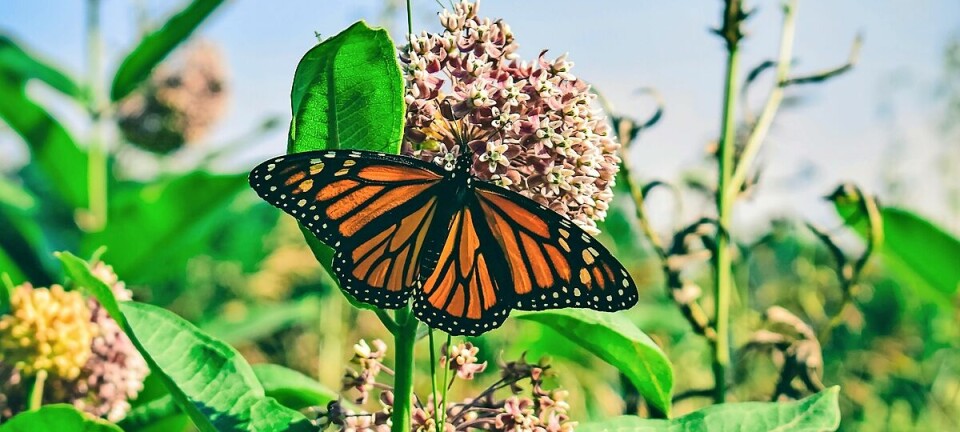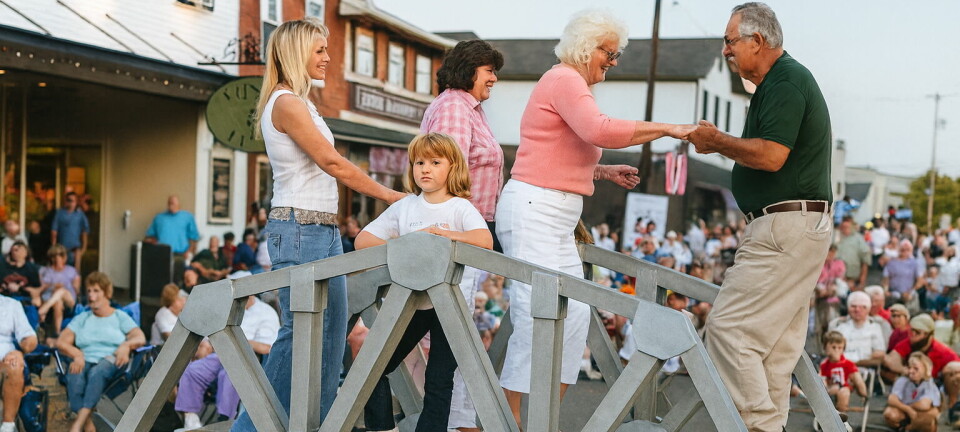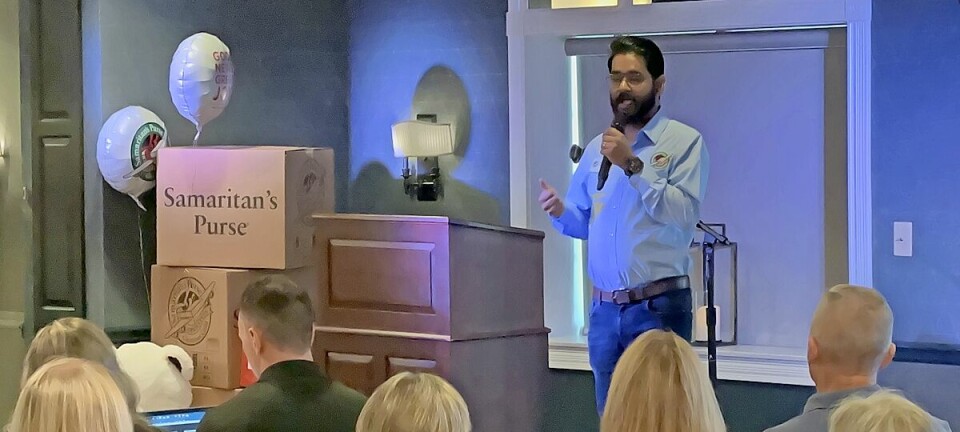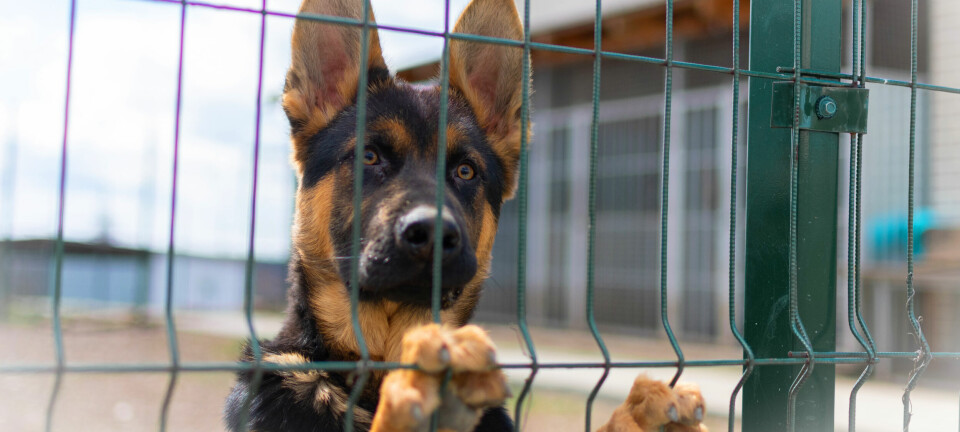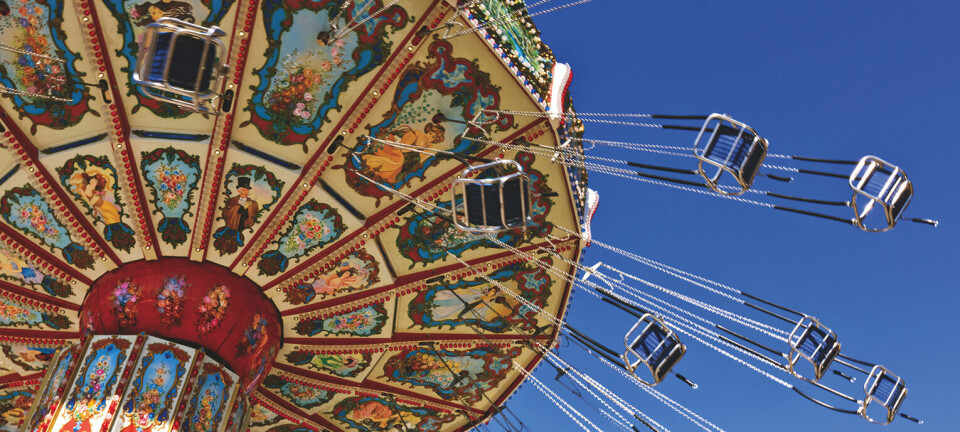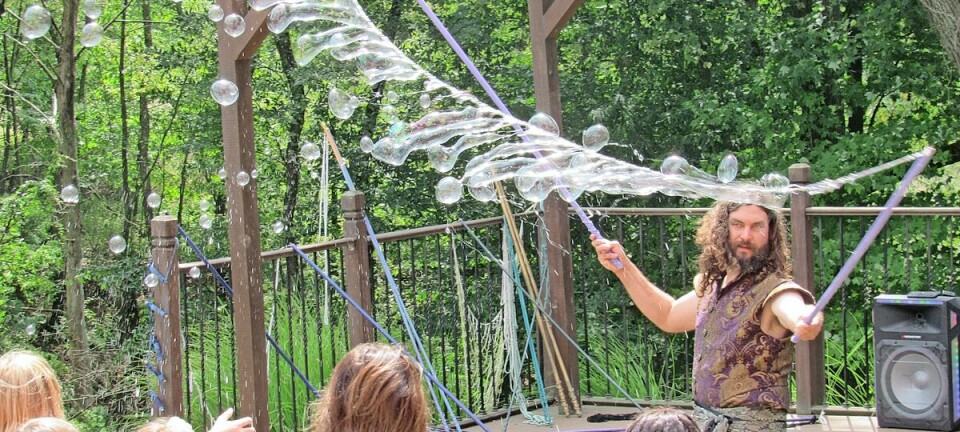Christmas trees, conservation go together

I’m old enough to remember when every Christmas tree was a “real” tree. If it was Christmastime and something cone-shaped stood in your living room, you could bet that underneath all that garland and tinsel there were green needles that smelled like the forest when you plucked them and a bark-covered trunk that could stick sap to your hands seemingly by just looking at it. At the base of it all was a stand filled with water. As far as I knew, there was no alternative.
In the early ‘70s that began to change when “artificial” trees entered the market. You could tell who the early adopters were because their trees would be up before Thanksgiving and sometimes remain so until the Feast of the Epiphany — no real tree could compete with that. The age of plastic had arrived.
While artificial trees may have their merits, each year around 25 million American families stick to the tradition of welcoming a real tree, either live (balled) or recently harvested, into their home. In doing so, they cap off their year by performing a significant act of conservation — yet only a tiny percentage of those folks realize the environmental benefit of what they’ve done.
Buying a “real” Christmas tree has benefits far beyond waking up each morning of the holiday season to the smell of fresh evergreen in the house. By choosing a real tree, you are supporting a $1 billion a year business that has conservation at its very core.
Living Christmas trees are an agricultural product, often grown by local, family-based operations that span generations. Growers replace that single harvested tree with one or more seedlings, and the cycle begins again. It takes patience, hard work and an optimistic vision for the future to invest in a crop that won’t be ready to harvest for about a decade. Christmas tree farmers play the long game, and in doing so, they generate a number of environmental benefits along the way.
As with any crop, the young pines, firs and spruces gather sunlight to produce their own food. In doing so, they gobble up carbon dioxide (the most dangerous and prevalent greenhouse gas) and free up oxygen. While doing so, they prevent erosion by holding the soil in its place and covering the ground with both their low canopy and cast-off needles.
That same low canopy also provides cover for a host of insects and small animals that are crucial to the food web. Because a young tree may take eight to 12 years before reaching a marketable size, the sloping hillsides into which they are planted go undisturbed and largely untouched by the erosive forces that carry soil away with each passing season on a similar field occupied by row crops.
Perhaps one of the greatest benefits in selecting a real Christmas tree is the opportunity to participate in and teach a lesson of sustainability. The Christmas tree arrives to you in its natural state. It isn’t processed, milled, gutted, cooked or packed. It’s ready for duty right off the stump.
And while there may be some energy involved in transporting the tree to your living room, the acquisition and use of a real Christmas tree is likely to wind up being a “carbon negative” endeavor. That means the simple act of growing a Christmas tree for harvest may actually remove more carbon dioxide from the atmosphere than is produced during the process of cultivating, harvesting and transporting the tree to your living room.
As an added environmental bonus, the “life” you choose for your tree after the holidays can bring even more environmental benefit. My colleague Karen Gotter will discuss that potential next time around. Have a great holiday season.
Call the Holmes Soil & Water Conservation District at 330-674-2811 ext. 3 or emailjlorson@co.holmes.oh.us. Follow on Facebook for current conservation updates and see the website at www.HolmesSWCD.com.




